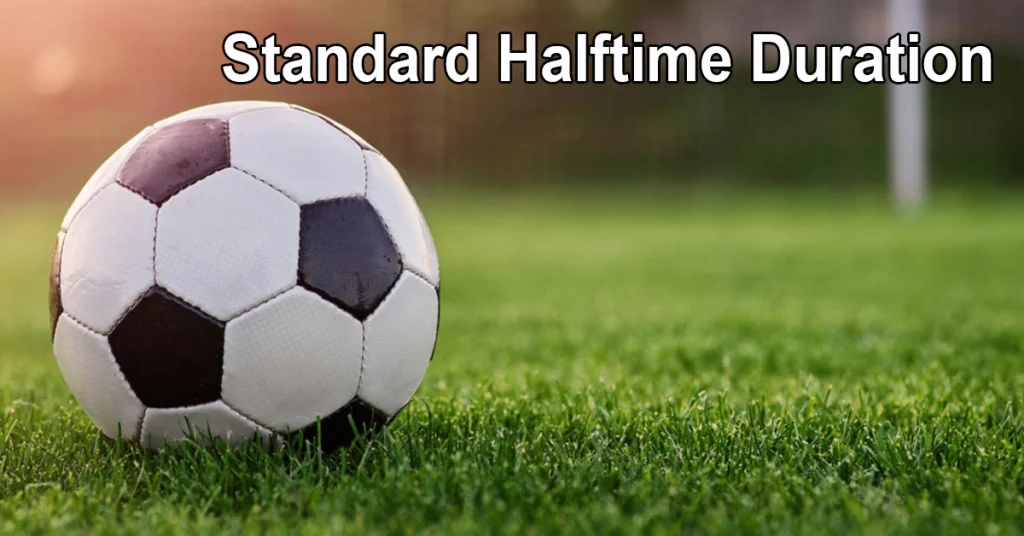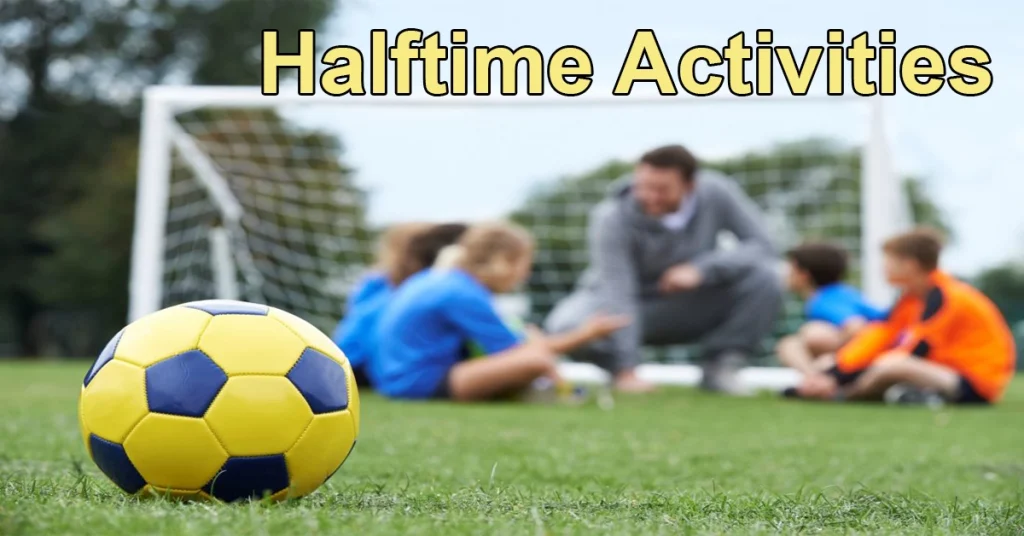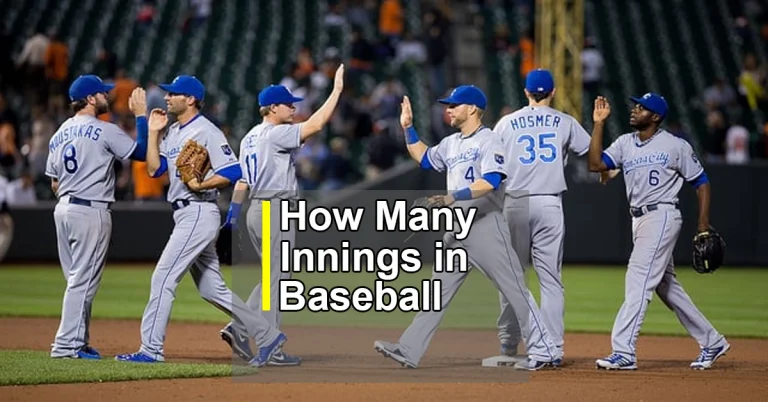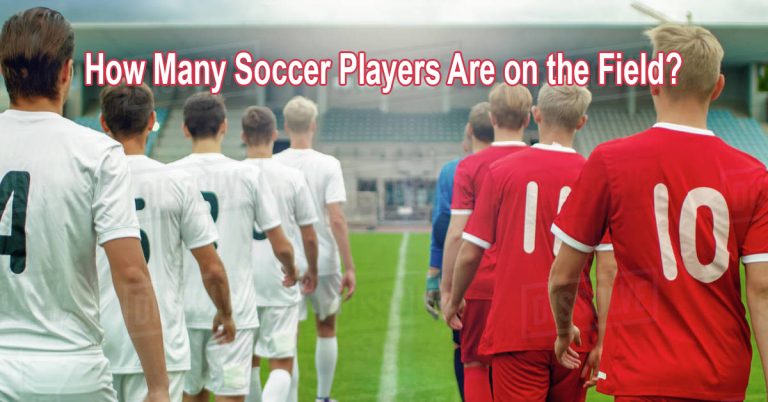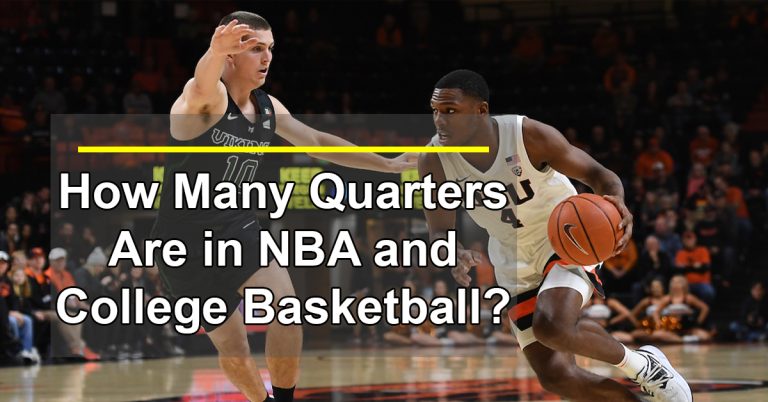How Long Is Halftime in Soccer? Understanding the Rules and Purpose
How Long Is Halftime in Soccer? As fans and aspiring players, the following is that courtroom query we all run into in soccer. Generally speaking, halftime is 15 minutes long (though this can depend on the league or tournament). Halftime of a soccer game, is an integral for players to rest and for coaches to share strategies. It is the time to res butter for next half of the match.
Introduction
Soccer is one of the world’s most popular sports, played and watched by millions worldwide. An action packed and team game, this sport unites people whether they play on local parks or watch major tournaments like the World Cup. Every soccer match has a halftime and with it time to rest for the players, make new tactics for the coaches and breathe out some of their stress for fans. Teams take this moment to re-evaluate their performance and plan for the other half where things can quickly change. This begs the question: how long is soccer halftime? Knowing the length and importance of that lull can add to your appreciation for the game.
Standard Halftime Duration
In professional soccer, halftime normally lasts 15 minutes. During this standard break, players use this time to rest and recover before going back out for the second half of play. On the other hand, halftime can be different as per league or tournament. For instance, in youth soccer, halftime can last just 10 to 12 minutes as kids quickly lose interest. Moreover, they may also change how long the halftimes are for women leagues as well, though 15 minutes remains to be usual. These minor deviations mean that the different requirements of various players and seeing parties are all efficiently conducted, but on a course.
Purpose of Halftime
Halftime of a soccer match has a number of very useful purposes. Most importantly it gives the players some time to rest and recuperate after a gruelling first half. This brief break gives athletes a chance to drink some water, sync their breathing and attend to any nagging injuries before getting back out there.
Secondly, halftime is an important time for coaches to make adjustments to their play calling and strategy. Other important reasons for this instance is to see how their team performs, where they can improve and also some of the tactics they implement in order to combat the strengths of the opponent. These points of contestation are key in turning the momentum back around.
Historical Context
The typical 15-minute halftime had been established by the 1920s yet it nevertheless accomplished what it was intended to do: gives players time to recoup and instructors an opportunity to plan. In theory, this length has not changed drastically although some leagues and tournaments have used shortened periods during halftime with the intent of providing appropriate training for players while still keeping them engaged particularly for youth and amateur fixtures. The standard is now established: a minimum 15 minutes halftime — long enough to give players the necessary time to rest, short enough to maintain the game’s flow and uphold soccer tradition in light of modern times.
If you are interested to know the history of soccer, read this article: who invented soccer
Comparisons with Other Sports
By examining soccer halftime through the lens of life coaching it is obvious that when comparing them to other sports they are much longer and utilised differently. In soccer, break time is of 15 minutes and this gives soccer players to take rest and regroup before their second half_match. Unlike basketball, the time between halves is also shorter in basketball, being only about 15 minutes long, with breaks through the game for timeouts and fouls.
In American football, however, the game tends be much shorter with a standard halftime of about 12-15 minutes in regular-season games (extended to 30 after special events like the Super Bowl). These extended breaks lead to huge halftime shows and afford teams the opportunity to make significant tactical tweaks.
Halftime Activities
Halftime — The Importance Varies In Different Sports In soccer, it functions mostly as a time for the players to catch their breath and for the coach to encourage his team. In basketball and American football, it is often these breaks that offer entertainment (such as performances or commentary) for fans rather than recovery time in the sports’ entertainment-centred culture. In short, these top sports may all share halftime for a common of catching rest and teeing up the tackle, but the length as seen earlier along with how its serve in each of their context makes it unique.
In the meantime, players rest in anticipation of what they will have to do in the second half. They drink water or sports drinks to re hydrate, replacing fluids lost during play. Some players would relax, sit down briefly and stretch so as to recover from the pounding their bodies endured or treatment for minor injuries. The game goes to halftime and coaches get with the players to talk about how they did, what they can do better and then make any needed adjustments for the second half. This period is vital for the players to refresh their minds and regain energy as they take on the task ahead of them.
For the audience, half time is exhilarating due to the various activities meant to entertain them. A well known practice among supporters, however, is discussion of the first half of the game while still in the stadium, buying something to eat, or checking for souvenirs. Still in most places, there are events scheduled for lunch breaks during which it may be local artists performing or contests with fans or anything to keep the momentum. These exciting alternatives enhance the mood of the whole stadium, and thus enable everyone to enjoy half time.
FAQs About Soccer Halftime
Can halftime be extended?
It generally lasts 15 minutes in professional football at that level, and it usually cannot be extended. Ultimately, the length of halftime is set by the clashes and will be strictly enforced with a bit of an echo in order to prevent players from using it as an opportunity to gather themselves or sneak extra minutes of rest in games that are dragging-on. Referees do have discretion around unusual situations such an injury requiring medical treatment or extreme weather leading them to adjust the length. Nonetheless, such extensions are seldom granted and not usual.
What if the game goes to extra-time?
In soccer, if the teams are tied at the end of regulation, they will play a thirty-minute extra time (two fifteen minute halves). In this instance, there is no half-time interval in the extra time between the two halves. That said, a quick timeout of around a minute may be given between halves of extra time for players to get water and reorganise. If the score is still level after extra time then a penalty shootout may take place. This leads to an end of the game with a fair result and keeps participating players and fans included in the game.
Can halftime be extended?
In professional soccer, halftime is typically 15 minutes and there are no stoppage-time add-ons. Depending on the circumstances, things like an injury that requires medical attention or severe weather could prompt referees to change halftime duration. However, this is rarer as compared to the other extensions available.
If a match requires extra time… then what?
The additional periods are two 15-minute halves following a tied match at the end of regulation. In this situation, there isn’t a regular halftime break between extra time periods. Nonetheless, a brisk 1-minute respite to hydrate and regroup is still permitted for the players before the second half of extra time begins.
Conclusion
To summarise Soccer Half time is an important break in a game where the players get to rest and hydrate for 15 minutes. This gives the rest time for players to drink, talk strategy with their coach. The short break itself also adds to the spectacle, providing entertainment and giving fans a chance to participate in the event.
I mean, if you think about it each questionable halftime does actually make a difference — not just because it’s a ‘break’ for players but due to the fact that i can completely turn the game on its head in terms of result. Knowing more about halftime, what it means, and how long it lasts not only helps you enjoy the game further but also show why this critical break in action adds to entertainment and drama we soccer lovers crave.

